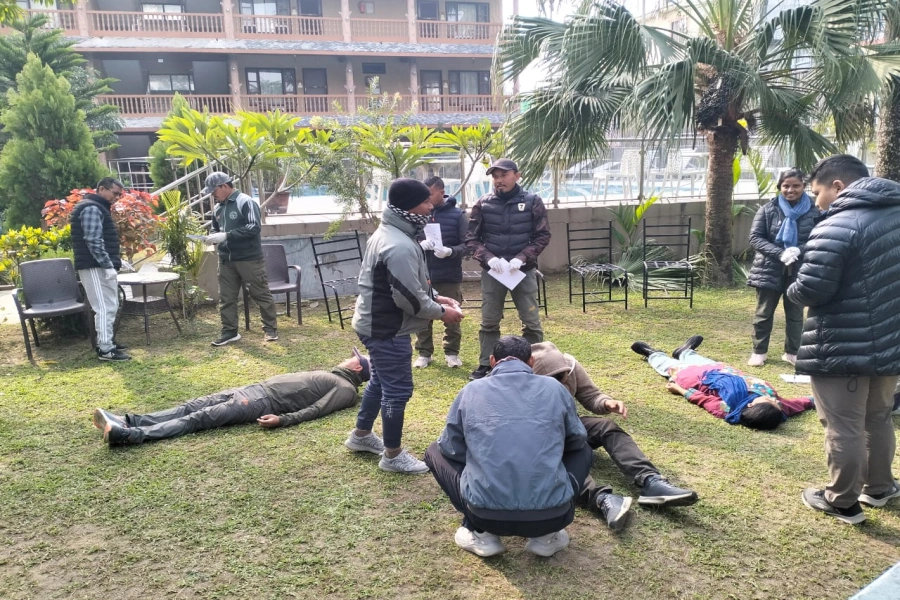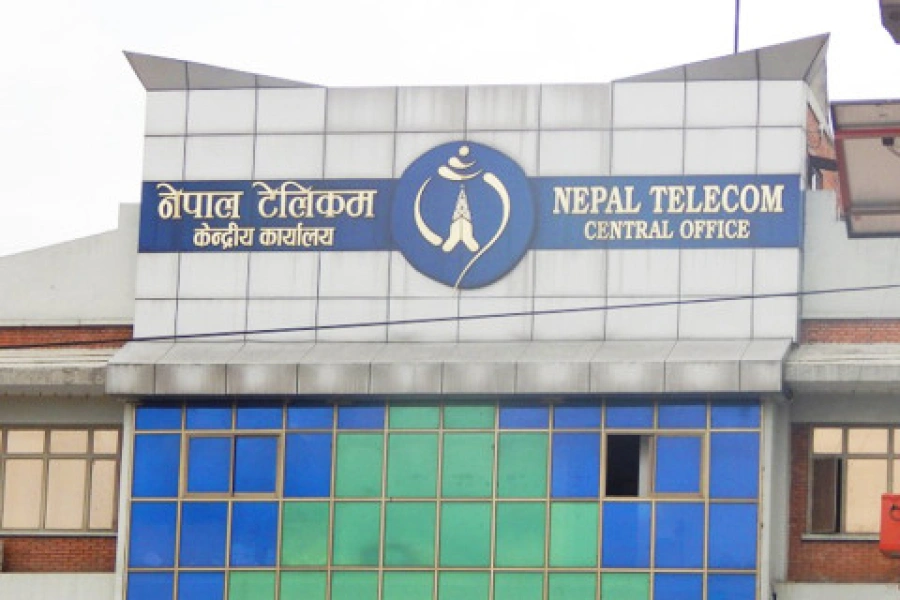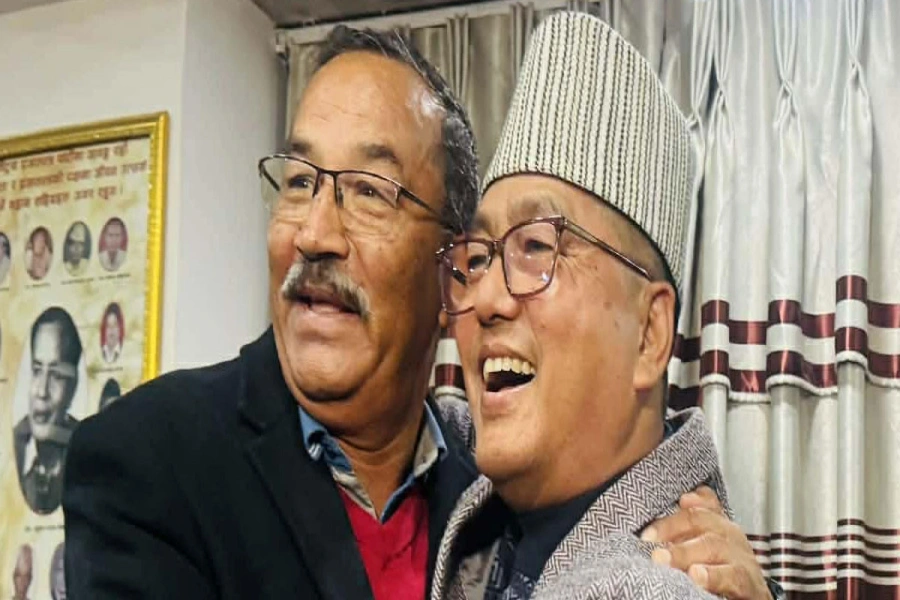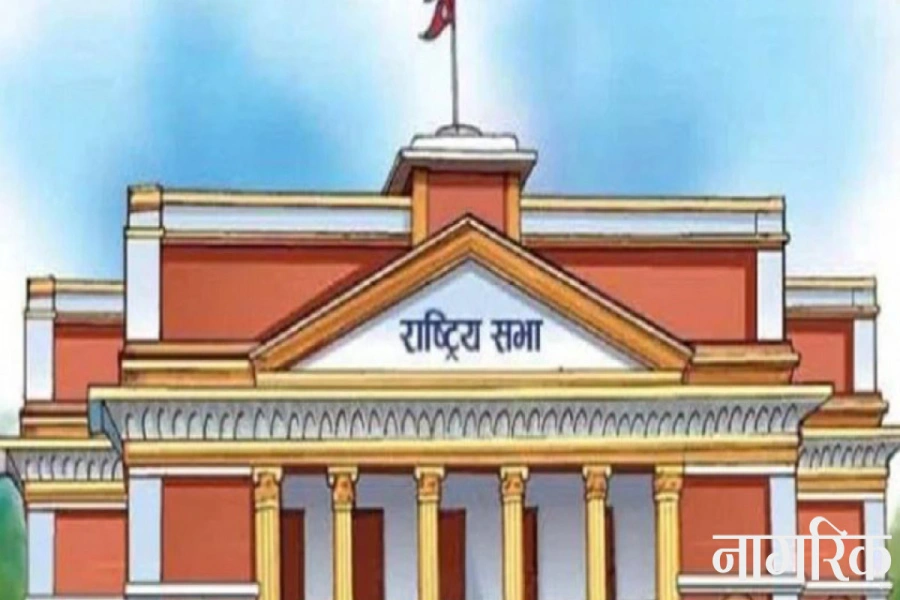The life of a wildlife photographer is one with many challenges. One has to wake up early, wait for hours on end, and sometimes over days, to capture that one shot and learn about animal migration patterns and their behavior. However, looking at the photographs, one can safely say that the results are worth it.
“Eventually, you build a sense of attachment to these animals as well as nature,” says Aayush Raj Pandey, a wildlife photographer based in Kathmandu.
Pandey’s interest in photography started only about two years ago, right after he had completed his undergraduate studies. At first, he took pictures of stray cats, sparrows, and pigeons that were around him with the help of a zoom lens. “For me, photography and wildlife came together,” he says. Eventually, during Saturday on winter mornings, Pandey made it a ritual of sorts to visit places like Taudaha, Jhor, Ichango, and Nagarjun to capture the essence of wildlife – especially birds.
One of his first wildlife shots is a picture of a cormorant (a black swan-like bird with sharp partially orange beak and duck-like features) catching a fish from the pond and on its first wing beat.
Wilderness first-aid training completed for Chitwan jungle safa...

“It took me about four days to get that one picture. The first time I saw it catch its prey and fly away, I knew I needed to capture it on its first flight with the water splashing around it,” he explains.
Pandey reveals that while waiting for the cormorant to show up as well as while walking around the jungle in search of animals, he always feels calm and at ease. He says he’s also extremely happy when he’s waiting for a shot. Thanks to his interest, Pandey has become quite knowledgeable about the different kinds of birds and animals. He says he now understands various migration patterns as well as details about their habits and habitat. “Observing them for hours on end as well trying to interact with them has made me empathetic towards all kinds of birds and animals,” he says.
His collection of wildlife photographs includes shots of birds like the Asian Paradise Flycatcher, Blue-throated Barbet couple, Scarlet Minivet, Green-tailed Sunbird as well as animals like a young tiger and rhinos to name a few. He has also managed to capture a king cobra in his photos.
Among the many birds and animals that he has photographed, Pandey says that his favorite is the owl. “I love everything about them. From their deep gaze to their petite little physique, owls are truly mysterious creatures,” he says confessing that he has grown quite attached to the spotted owlets that live in Raniban and he feels good sitting there and watching them bask in the sun.
Moreover, he has also captured shots of jackals that live in Raniban. “There is an entirely different world in the small community forest in the middle of Kathmandu and if we were to take a few hours of our day to go and visit this world, we would be kinder and more conscious about animals and the environment,” he explains.
Pandey reveals that for the first six months, he was only focused on taking pictures of birds and animals in the wild. However, while doing so, he realized that it was important for us humans to learn to coexist with the animals and protect them at any cost. And therefore, he says anyone wanting to get closer to take their pictures should be careful so as to not disturb their habitats as well as their routines.
“If you are willing to tread into their space and ruin it for a great photograph then what you are doing is a disservice to the art of wildlife photography,” he reveals adding that photography comes second to understanding and respecting the creatures that you interact with.
Pandey’s ultimate dream is to photograph penguins. He likes the fact that in the case of penguins, they stick to a single partner, lay one egg a year and it’s the female that goes fishing while the male stays back to watch the offspring. “They are funny and kind creatures,” he says.
Pandey regularly publishes his photographs and videos on his Instagram account (@thcphotographynepal) as well as on YouTube. Through his work he hopes to bring people closer to the wildlife and nature. He also wants to document these birds and animals for the future generations to see. “I think it’s important for us to be curious about animals that live around us. They have an equal right to the space and the resources of the earth just like us,” he concludes.





































